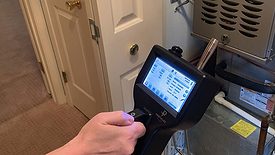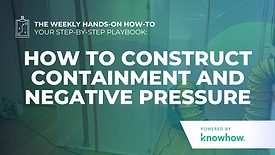Home » indoor air quality
Articles Tagged with ''indoor air quality''
Weekly Hands-on How-To powered by KnowHow
How To Construct Containment and Negative Pressure
Mastering Containment and Negative Pressure for Safe Restoration
Read More
Zero Tolerance for Toxic Molds: Essential Steps for Successful Remediation
Identifying Target Spores as Part of a Post-Remediation Clearance Process
Read More
Mold: The Silent Threat to Your Home's Air Quality
Six Strategies to Combat Mold and Enhance Indoor Air Quality
Read More
Why Choose Hydroxyls to Remove Smoke Odors?
Find out how hydroxyl generators can safely and effectively remove smoke odors, improve air quality, and speed up your restoration projects.
Read More
Safeguarding Indoor Air Quality: Proactive Strategies
Expert Tips on Mold Prevention, Health Risks, and Effective Remediation for a Healthier Home Environment
Read More
Stay ahead of the curve with our eNewsletters.
Get the latest industry updates tailored your way.
JOIN TODAY!Copyright ©2025. All Rights Reserved BNP Media.
Design, CMS, Hosting & Web Development :: ePublishing

















